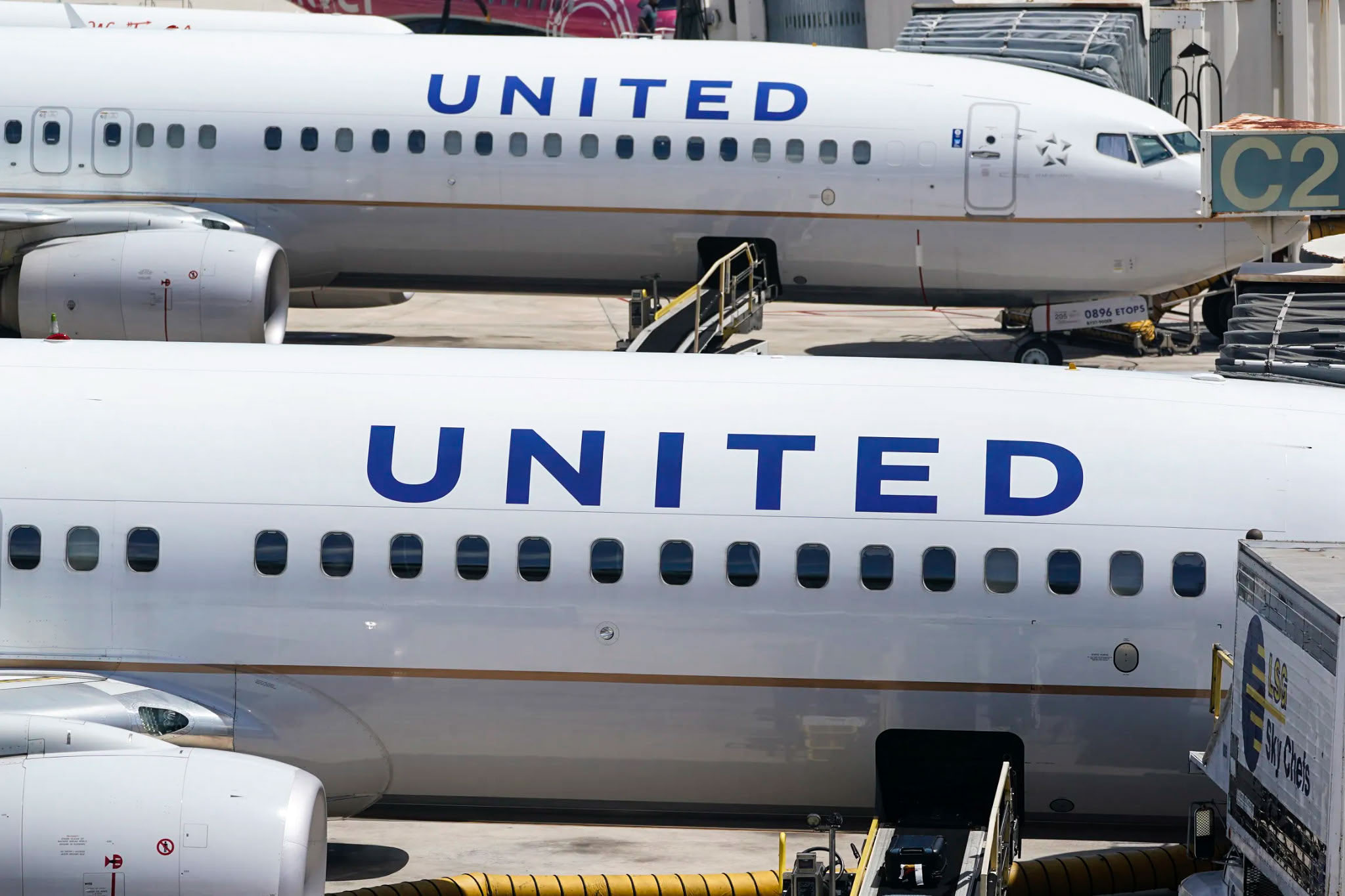United Airlines announced on Friday that all of its aircraft will be equipped with Starlink’s Wi-Fi service in what the company called “the industry’s largest agreement of its kind.”
United said Starlink will be installed in all of its mainline and regional aircraft—more than 1,000 planes in total—a project it intends to complete over the next several years. Testing begins in early 2025, and the first passenger flights are expected later that year.
“Everything you can do on the ground, you'll soon be able to do onboard a United plane at 35,000 feet, just about anywhere in the world,” said United CEO Scott Kirby in a statement.
The company said it will offer the broadband Wi-Fi service for free on both passenger devices and all of its fleet seatback screens.
The contract makes United the third U.S. airliner to offer SpaceX’s high-speed, low-latency internet service after JSX and Hawaiian Airlines. It is likely to spur competitors to follow suit and upgrade onboard Wi-Fi services.

A Falcon 9 rocket carrying a batch of 49 Starlink satellites launched at Kennedy Space Center in Cape Canaveral, Fla., on Jan. 3, 2022. (SpaceX via AP/Screenshot via The Epoch Times)
In the last 12 months, several international airlines announced plans to begin installing Starlink Wi-Fi in their aircraft.
Air New Zealand announced in December 2023 that it would install Starlink on two of its planes by late 2024 for a four- to six-month trial, with the intention of implementing the system on more of its domestic fleet in 2025. A month later, Japan’s ZIPAIR said it intends to offer the service to its passengers.
Latvian airliner airBaltic said it aims to equip its entire A220-300 fleet with Starlink after a first test of the system was successfully concluded in March.
In May, Qatar Airlines said it would equip three Boeing 777-300 aircraft with the SpaceX system.
Canadian airliner Westjet announced in July that it will equip its modern narrowbody fleet with Starlink by the end of 2025 and all of its wide-body aircraft by the end of 2026.
Currently, United Airlines relies on different Wi-Fi providers for different plane models, namely Intelsat, Panasonic Wi-Fi, and Viasat.
Onboard Wi-Fi leaves much to be desired due to their reliance on stationary signal transmitters. Older systems, such as Gogo, acquired by Intelsat just four years ago, connect to 3G ground cellular towers on the ground, leading to a loss of signal as the distance between the airplane increases. GEO systems, which rely on geostationary satellites (satellites orbiting in a fixed location above Earth), have higher bandwidth but suffer from distance-related problems due to their extremely high orbit (typically at 35,000 kilometers or 22,000 miles), including latency issues.
Starlink uses a network of over 6,000 low-Earth orbit (LEO) satellites, which orbit the Earth at altitudes of 342 miles, which allows significantly lower latency of around 25 ms, according to the company’s website.
From NTD News













